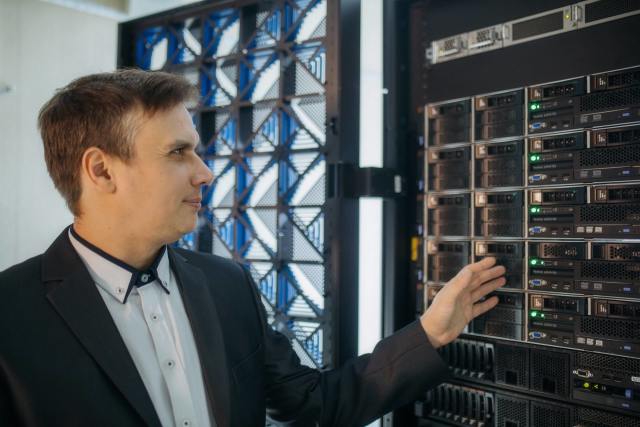They have developed a universal software package that will analyze the images obtained during the observations. According to the idea, the system should work independently, without the help of humans, ground-based computer systems, neural networks and data.
Scientists from the Samara National Research University named after S. P. Korolev and the Russian-Armenian University in Yerevan presented the concept of "smart vision" for satellites and drones. The press service of the university reported that in the future, the development will help to introduce hyperspectral technologies in different areas. The project has already received grants from the Russian Foundation for Basic Research and the Committee on Science of the Ministry of Education, Science, Culture and Sports of Armenia.
The researchers said that they are creating a self-learning algorithm that will calculate the features necessary for recognizing objects in hyperspectral images. And also select the optimal filters for processing the whole image, controlling just one parameter. Thanks to this, the new system will not need the help of humans, ground-based computer systems, neural networks and databases. This will make diagnosis of the problem faster.
In addition, the new algorithm will be able to create a mobile hyperspectrometer. They can be placed on light drones . Thanks to this, the devices will be able to calculate the signs of the desired objects instantly with the help of on-board chips.
"At this stage, our research is purely fundamental, but its practical significance is obvious. Our approach allows us to obtain an algorithm that can independently calculate the informative features of the desired objects on hyperspectral images without ready-made indexes or a specific sample at hand, " said the project manager, Head of the Department of Technical Cybernetics of Samara University, Professor Alexander Kupriyanov.
Next year, the researchers intend to create a prototype of a computer system that will adapt to various tasks. The team believes that the development will be useful in the areas of geoinformatics, "smart" agriculture, remote sensing of the Earth and medical diagnostics. In particular, the new hyperspectrometers will be able to assess the state of crops, soil moisture, its saturation with mineral fertilizers, the presence of weeds, diseased plants, as well as find foci of forest damage and water pollution.

